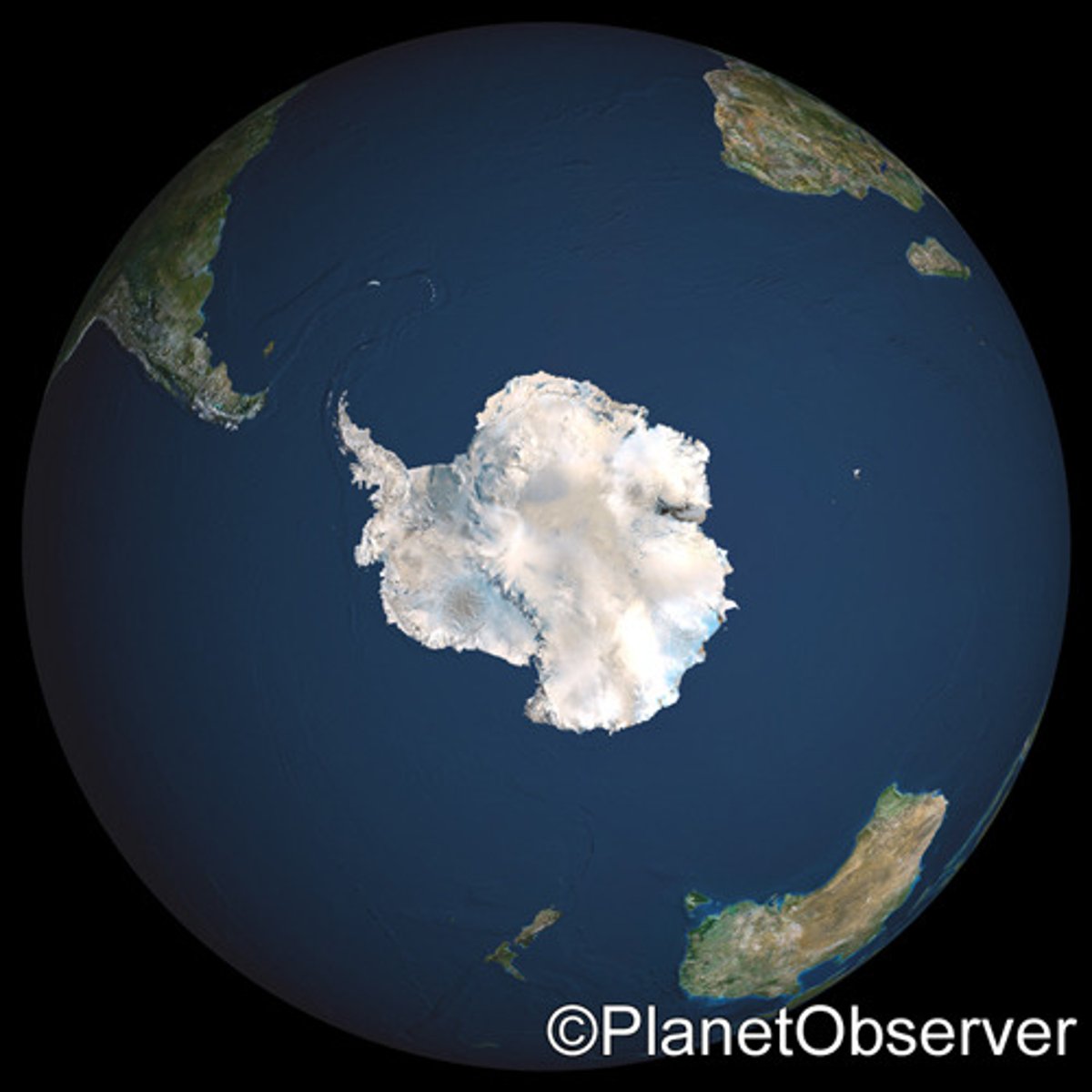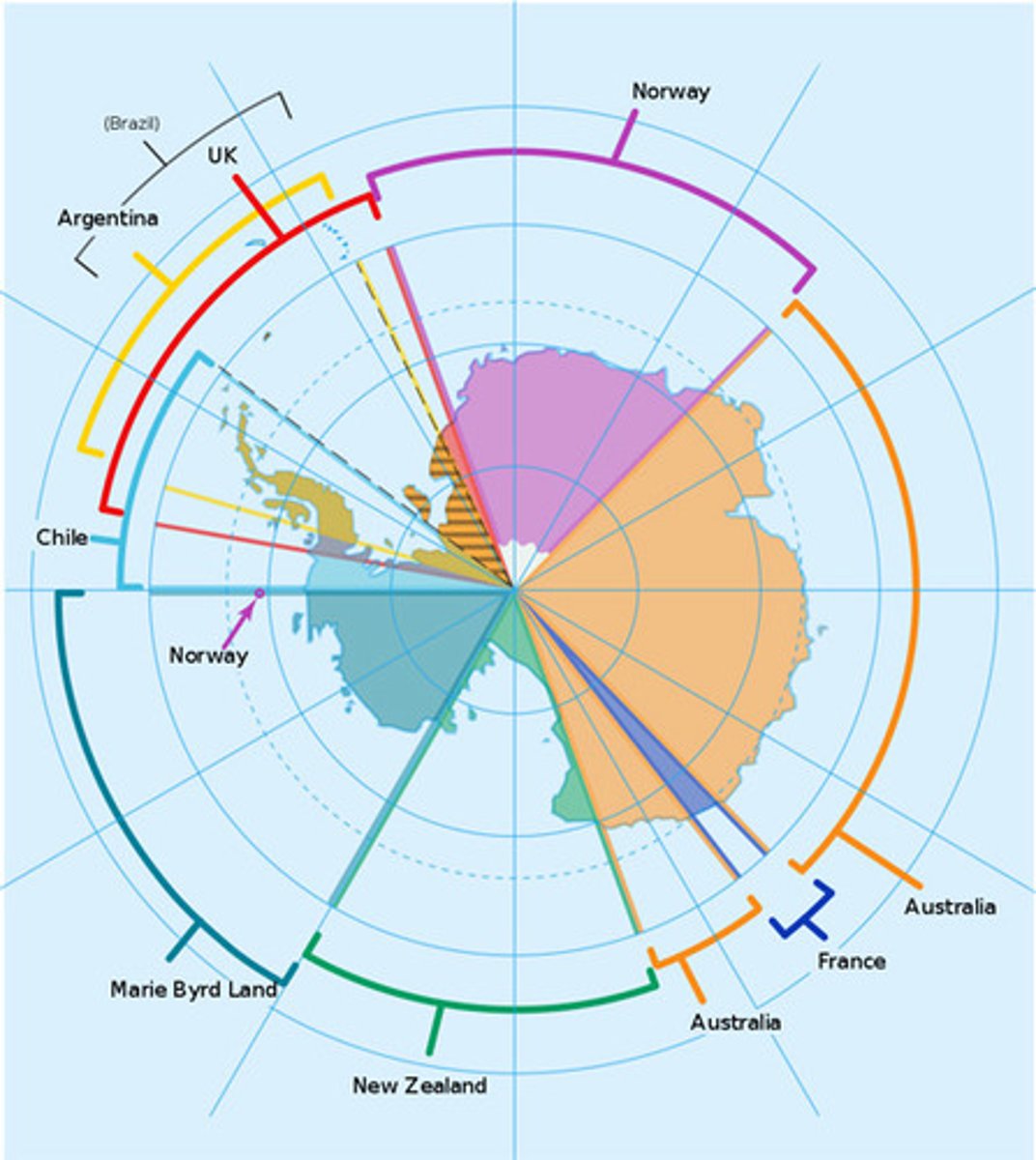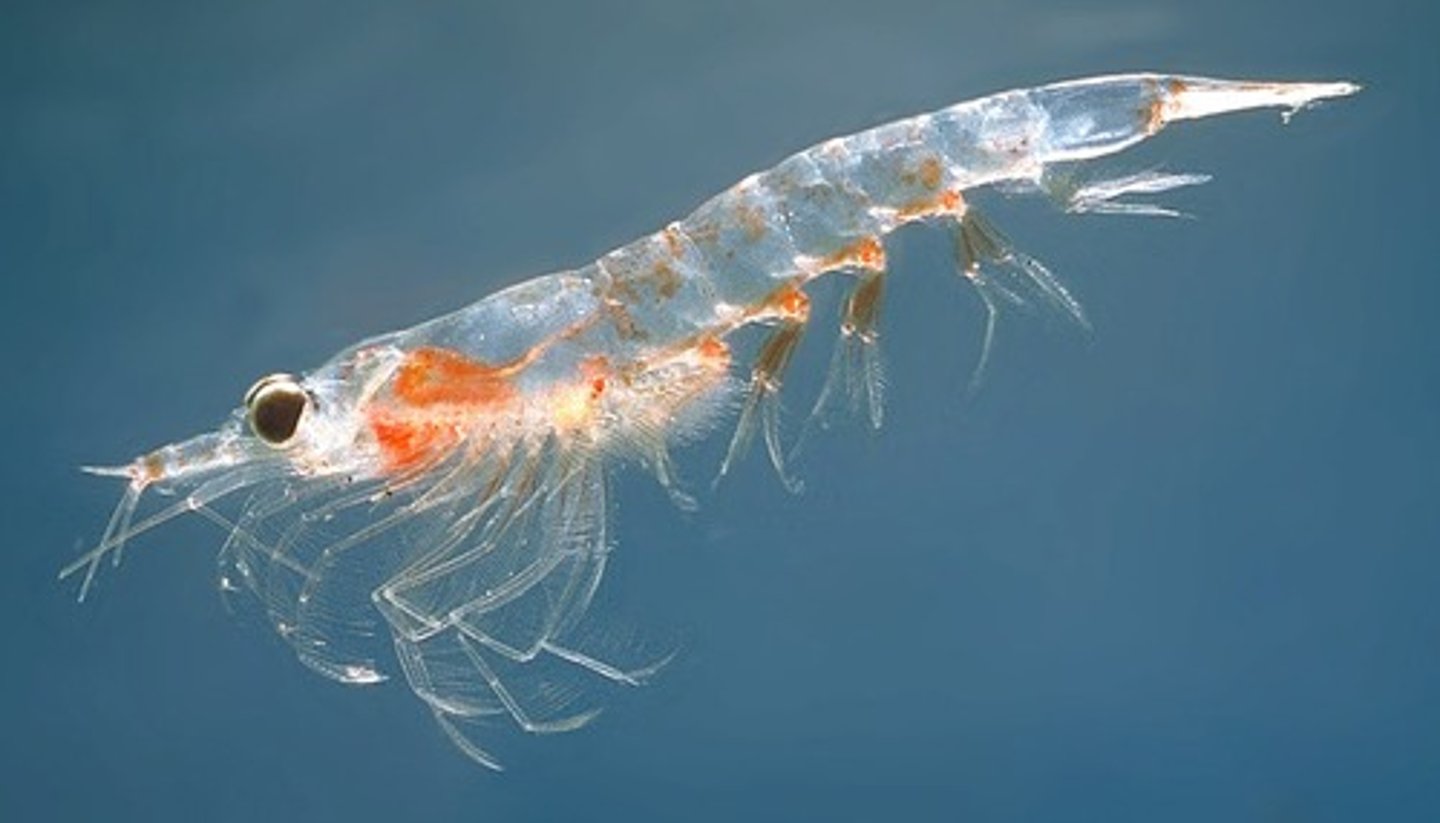GEOGRAPHY global systems and global governance
1/96
There's no tags or description
Looks like no tags are added yet.
Name | Mastery | Learn | Test | Matching | Spaced |
|---|
No study sessions yet.
97 Terms
globalisation
how the world is becoming more interconnected
globalisation advantages
1. access to new markets
2. spread of knowledge and technology
3. promotes economic growth
globalisation disadvantages
1. increased competition
2. exploitation of labour and resources
3. imbalanced trade
4. domestic job losses
globalisation timeline
1944 - world bank was set up
1948 - jamacan/indian people (ex-colonies) migrated to the UK due to the smaller workforce after ww2
1975 - the UK joined the EU - improves trade
1990 - first window's personal computer was sold - more interconnected through technology
1996 - internet available at home
2001 - 9/11 - deglobalisation due to higher security in airports
2004 - start of facebook - global social media platform
2011 - china becomes world's second largest economy
global systems
systems put in place to make the world work together (international trade)
global governance
attempts to regulate and control global systems (activity by the UN) by designating rules, laws & regulations (norms)
poverty AO1
1. since 1990 extreme poverty ($1.90 per day) has halved to now 21%
2. 1.4 billion people still live in poverty
5 global flows
1. capital
2. labour
3. information
4. services
5. products
measuring globalisation
1. KOF index 2002
2. AT kearney
flows of capital
movements of money (investment, trade, business production)
4 flows of capital
1. IMF - supports global financial stability & promotes economics growth
2. the world bank - gives out money (loans) for development & aid
3. core areas - HICs
4. periphery areas - LICs/MICs/NEEs
core regions and periphery regions diagram

sources of capital flows
1. FDI - TNCs investing in infrastructure in LICs
2. repatriation of profits
3. aid - multilateral, bilateral, NGOs
remittances
money migrants send back to family and friends in their home countries - somalia's GDP is 85% reliant on remittances from their families working in overseas TNCs
flows of people
movement of people/labour (migration)
flows of people AO1
1. today 3-4% of the world's population are international migrants
2. 1.6% of LICs are made up of international migrants
brain drain
the loss of highly skilled workers from less developed countries to HICs due to higher wages in HICs
brain drain example
trained mechanics in the poor areas of china moved to the car industries in europe (volkswagen) due to higher wages & living standards - this leaves china lacking mechanics
flows of labour
movement of migrants mainly seeking better employment opportunities (economic migrants)
flows of labour example
movements of labour to the oil-rich middle easter states (qatar, bahrain, saudi arabia)
flows of labour AO1
1. 2 million indians live in the UAE, accounting for 30% of the population, contributes to $15 million a year sent back to india through remittances
2. mexico and the USA are interdepedent due to economic benefits
3. today 1/5 if the USA population is hispanic
south-south flows
movements between LICs and NEEs, fast growing economies such as nigeria & south africa are seen as attractive by asian manufactoring companies, increasing volumes of south-south trade, UN data shows south-south movements are equal to north-south trade
flows of products
flows of physical goods from one country to another - improved by globalisation, outsourcing
flows of products AO1
1. HICs account for 60% of global exports
2. sub-saharan africa account for 2% of global exports
containerisation
the process of using large shipping containers to transport goods - makes global transportation cheaper due to greater carrying capacity and therefore reduced trips

flows of information
internet, phone calls, social media, international news - experience other cultures, aware of global events, seek better employment opportunities
trade agreements
have made globalisation accelerate as they make trading cheaper & easier, are all overlooked by the WTO to ensure they are fair
trade blocs
groups of countries in a trading agreement allowing them to have certain advantages (reduced tariffs & higher quotas) - NAFTA, EU
SDTs
help developing countries trade with greater trade HICs since they struggle to trade with powerful nations because they are prevented by tariffs & quotas, countries must be a member of the WTO
SDTs advantages
1. helped many countries to develop services & tourist industries
2. diversifies their economies
SDTs disadvantages
1. don't consider all the issues in LICs
2. takes 8-10 years to apply
3. can flood markets with cheap, lower quality goods and undermine the HIC markets
SEZs (special economic zones)
areas within a country that have special rules (do not follow the general trading rules), have lower tariffs & taxes, this attracts FDI
flows of electronic waste
electronic waste moves from HICs to LICs, LICs have fewer health and safety laws (ghana receives 200,00 tones of electric waste annually, contributes to poor health, breaking apart items & burning them releasing toxic chemicals)
global trade AO1
1. china is the number 1 exporter of goods, valued at $2.3 trillion in 2017
2. just 10 nations (including USA, china, japan & germany) account for more than half of all global trade
slovakia case study
1. since 2007 has been the world's largest producer of cars
2. 3 major TNC car assembly plants
3. to remain a large producer of cars during globalisation it joined NATO, the EU and the WTO
4. this reduced barriers of trade through a reduction of tariffs
5. KOF index riose from 61.9 in 1996 to 83.5 in 2015
6. exports take up 91.9% of their exports
TNC
a business with operations in more than one country
characteristics of a TNC
HQ often in HICs and factories in LICs, large firms have expanded their businesses globally by building branch plants overseas achieving economic growth through mergers & take-overs - apple's HQ are in california while the factories are in china/taiwan, 90% of apple's profits are sent back to california, does not benefit china/taiwan
where TNCs operate
1. primary sector - commercial farming
2. secondary sector - samsung, sony, BMW, unilever
3. tertiary sector - banks, insurance, investment & media cooperations (HSBC)
4. quaternary sector - medical research is increasingly conducted in india by western firms (pfizer)
the role of TNCs in global systems
1. help group nations together through their production & supply chains (the UK & malaysia are linked together by the TNC dyson - they are sold in the UK but manufactured in malaysia)
2. build up their businesses by buying foreign firms
3. 'sweat shops' don't actually operate in TNC buildings - employee exploitation may happen further down the supply chain
4. most TNCs are assembly industries
why do TNCs trade/operate globally?
1. they can get around trade barriers & tariffs
2. lower production costs - LICs have lower set up costs and cheaper land & labour
3. resources - some TNCs need to locate near raw materials
4. reach foreign markets - they place themselves close to markets they want to tap into
primary sector TNC spatial organisation characteristics
1. based where there are unexploited natural resources (developing economies)
2. new technology (fracking) can make new reserves of raw materials
primary sector TNC spatial organisation examples
royal dutch shell (NL/UK) & BP (UK)
secondary sector TNC spatial organisation characteristics
1. manufacturer in developing countries
2. low labour costs
3. easier to train workers (less skill needed)
4. strong work ethic & little regulation
secondary sector TNC spatial organisation examples
kia motors (south korea), toyota (japan), apple (USA)
tertiary sector TNC spatial organisation characteristics
1. low labour costs
2. good education
3. able to move freely
tertiary sector TNC spatial organisation examples
BT (UK), holiday inn (USA)
quaternary sector TNC spatial organisation characteristics
1. in the country of origin
2. highly skilled workers for research
3. expensive technology needed
quaternary sector TNC spatial organisation examples
glaxosmithkline (USA), pfizer (USA)
outsourcing
when TNCs contract work to other countries
vertical integration
the company owns the whole supply chain and has complete control at every point
horizontal integration
when the company diversifies & takes over other companies so it has a wider range at the same level of production
the negative impacts of TNCs
1. labour exploitation - cheap, flexible labour in LICs
2. urbanisation - building factories in cities draws young workers to the city, suffering the rural areas
3. people in the country of origin face unemployment as the jobs go overseas
4. local businesses cannot compete with the TNCs and go out of business
5. money leaves the country - the economy could shrink as TNCs send their profits to their home country
6. TNCs might commit tax avoidance - they can afford lawyers to find loopholes - no government revenue
7. pollution - china suffers from serious air pollution due to their manufacturing industry
8. agricultural TNCs replace rainforests with plantations (palm oil)
9. natural resources exploited
the positive impacts of TNCs
1. creates employment for poor locals
2. offer training and a minimum local wage for employees - these are transferrable skills
3. reduces economic vulnerability
4. TNCs bring money back to their country of origin - can be reinvested into the national economy
coca-cola case study
1. number 1 manufacturer of carbonate soft drinks in the world
2. first sold in atlanta in 1886
3. bottles were first sold in 1894 and cans in 1955
4. head-quarters in atlanta georgia USA
5. coca-cola was first shipped overseas in 1923
6. by ww2 coca-cola was being bottled in 44 countries
7. they sell nearly 400 different products
8. coca-cola owns smart water, costa coffee & innocent
9. 70% of their sales are generated outside of north america
10. coca-cola expanded with fanta in 1950 and sprite in 1961

positives of coca-cola TNC
1. they offer training & education to workers - improves employment
2. they run community schemes in africa & south-east asia
3. many of the bottling firms are local companies and so all the profits stay in the host country
negatives of coca-cola TNC
1. less strict environmental restrictions in LICs - coca-cola takes advantage of that
2. harsher working conditions - employees get very few benefits & work long hours for very little pay
3. depletion of local ground water due to utilisation of natural water resources
world trade food commodity case study: bananas
1. 4th most important food product in LICs
2. large quantity of energy - 90 calories
3. 1 banana provides more than an adult's daily potassium requirement
4. 5th most traded agricultural product
5. 80% of exported bananas come from latin america or the caribbean
6. ecuador remains the greater exporter

bananas environmental impact
1. bananas are susceptible to disease and so are treated with chemicals - the soil becomes contaminated
2. deforestation can occur to clear land for plantations
bananas economic impact
1. around 90% of the cost paid by the consumers in the HICs stays in the rich north - it never reaches the producer
2. 42% of the profits is taken by the retailer (large supermarket TNCs like tesco or walmart)
3. in the past 80% of banana trade was dominated by 4 large US TNCs
4. large TNCs grow bananas in ecuador and colombia with vertical integration - they own the plantations and have their own transport - this causes economies of scale where they can produce at very low prices to the USA and EU
bananas trade war
1. in 1975 the EU made a SDT agreement with 71 ACP countries (the lome convention)
2. these countries were given tariff-free access to EU markets to import bananas
3. this protected the smaller family-run farms in the carribean & africa since the latin american TNCs supplied 75% of the EU market at the time and only 7% came from the carribean
4. in 1992 the latin american TNCs filed a complaint to the WTO that the EU practise with the ACP countries was unfair
5. the WTO ruled against the EU in 1997 forcing the EU to reduce the tariffs on the latin american bananas
spatial distribution of bananas
1. grown in hot (27ºC) and wet (2000-2500mm of rainfall per year) tropical areas
2. domestic suppliers - brazil, india, africa
3. commercial suppliers - central america & the carribean
4. the main importers of bananas are the USA and EU - in 2013 each consumed about 27% of the total exports
international monetary fund (IMF)
monitors the global economy; advices governments on how they could develop their current economic situation; and loans money to countries in need
the world bank
provides loans to LICs for investment in health, education & infrastructure
global institutions promoting growth & stability
1. institutions aim for global economic equality - help LICs to grow economically - WTO & SDTs
2. institutions stabilise economies - the IMF provides stabilising loans - helps avoid economic crashes
3. institutions maintain social equality - ICC
4. social stability is maintained - prevention of conflicts & promoting global health (WHO - malaria/obesity/ebola)
5. IGOs & NGOs maintain environmental stability - WWF
global institutions exacerbating growth & stability
1. institutions have been accused of creating more inequality since it is not representative of every country
2. the WB & IMF only give loans conditionally
3. international laws & treaties are voluntary meaning the institutions do not hold full power on global systems
4. some countries still act against the policies - japan acting against the international whaling committee, doing it for "scientific research"
antarctica A01
1. south pole - southern ocean - below 60ºS (limit of the antarctic treaty)
2. 60x bigger than the UK
3. 8 million km2 of land
4. 99% is covered in an ice sheet - but beneath this is rock
5. the 2 largest ice shelves are the ross ice shelf in the ross sea & the ronne ice shelf in the weddell sea
6. divided into east & west by the transantarctic mountains - peaks above 4000 meters
7. highest mountain = mount vinson at 4892 meters high
8. coldest/driest/windiest continent
9. average temperature = -49ºC & lowest temperature = -89ºC
10. mean winds speeds = 50 mph
11. has very low annual precipitation
12. contains 70% of the world'd fresh water
13. if all of antarctica melted it would rise sea levels by 60 meters

the 4 global commons
the international waters, outer space, the atmosphere, antarctica
the antarctic treaty
signed in 1959, governs all activities below 60ºS, there are 50 signatures today (80% of the world represented), each zone allows that country to conduct research however all findings must be shared

the antarctic treaty system
= the current 'government' of antarctica - its a complex of rules & agreements that protect the world's last wilderness
the antarctic treaty key rules
1. no military use
2. freedom of scientific research
3. free exchange of scientific plans & data
4. nuclear free zone
5. applies to land but not sea
6. all stations are open to inspection by other nations
7. national laws apply to citizens not to areas
8. the treaty may be modified at any given time - requires a collective agreement from members
9. all members must ensure no one carries out acts against the treaty
the international whaling committee (IWC)
set up in 1946, regulates/monitors & conserves the global whale stock - were not very successful however illegal whaling did end up decreasing due to the fall in profits they were receiving since there was a lack of whales to kill, in 1982 members voted to pause commercial whaling - this ultimately stopped
whaling timeline
1946 - started monitoring the whale stocks
1970 - realised the stocks were very low
1972 - banned whaling to allow the species to recover
1982 - decided to not lift this ban on commercial whaling - whaling ultimately stopped
problems with banning whaling
1. some countries continue commercial whaling even after the ban (iceland & norway)
2. indigenous groups in alaska, greenland & canada rely on it as a main food source - the committee have allowed them to catch a small number of whales using traditional techniques
3. countries like japan exploit the whaling ban and use scientific research as their excuse - one "scientifically caught" whale can value at $1 million in a restaurant
4. the ATS does not explicitly address whaling
commission for the conservation of antarctic marine living resources (CCAMLR)
set up in 1982, conserves antarctica's marine life, is supported by NGOs: greenpeace & WWF
aims of the CCAMLR
1. challenges illegal fishing
2. established the world's first MPA (marine protected area)
3. manages VMEs (vulnerable marine ecosystems)
3. regulates sea bird mortality - caused by fishing reducing their main food source
madrid protocol
1991, 45 nations signed, came into force in 1998 and is up until 2048, helped relieve pressures that were building up from groups wanting to exploit mineral resources under antarctica
madrid protocol key rules
1. an environmental impact assessment needs to be completed before any planned activity
2. no removal of any plants or animals
3. the introduction of any 'alien' species is prohibited
4. waste must be removed - rules are established to the storage & disposal of waste
5. heavy fuel oil is restricted & the discharge of oil/sewage/garbage is prohibited
NGOs in antarctica
greenpeace & WWF, offer expertise/specific viewpoints/provoke action, meetings are no longer behind closed doors but involve the media
antarctic and southern ocean coalition (ASOC)
set up by greenpeace & WWF in 1978, it designed MPAs in east antarctica, the ross sea, the weddell sea & the antarctic peninsula
4 major threats to antarctica
1. fishing & whaling
2. climate change
3. tourism
4. mineral extraction
history of whaling
1. began in the early 1900s
2. by 1910 it provided 50% of the world's catch
3. the IWC first met in 1949
4. in the 1960s the IWC made blue whales & humpback whales fully protected
5. in 1986 the IWC made all commercial whaling illegal
fishing (threat to antarctica)
is the only large scale commercial resource harvest that currently is undertaken in the antarctic treaty area, Illegal/Unregulated/Unreported (IUU) - fishery has attracted unauthorised operators from several countries that are working outside of the regulatory framework
history of fishing
1. in 1982 the CCAMLR was established as part of the treaty system - regulates exploitation
2. the CCAMLR was established at a time when commercial interest is krill grew rapidly - the committee was very effective
negatives of fisheries
1. potential for over-fishing
2. destruction of habitat
3. death of non-target species caught by fishing equipment
4. effects on predator populations dependent on the target species as a food source
krill
there was a growing demand for krill as a food source for bait, in 1999 100,000 tonnes of krill was caught and 210,000 tonnes in 2010, krill numbers have dropped by 80% since the 1970s

species dependent on krill
whales, seals, ice-fish, penguins
climate change in antarctica evidence
1. the antarctic peninsula is most sensitive to climate change, in the past 60 years temperatures have risen by 0.5ºC every decade - 5x faster than the rest of the world
2. summer of 2019/2020 saw an unpredicted heat wave with a new maximum temperature recorded of 20.75ºC on 9th february 2020
3. satellite measurements between 1979-2012 show sea ice coverage has decreased by up to -9%
climate change in antarctica impacts
1. west antarctica's ice sheet is vulnerable as it does not have ice frozen into rock (warm-based) - this means it is more likely to slide into the sea - could potentially raise global sea levels by 5 meters
2. scientists predict that krill populations will be devastated by higher temperatures - krill populations have dropped by 80% since the 1970s as a result of climate change
3. less sea ice in the winter is likely to explain a decline in penguins - this then affects fish, squids and seals (food web)
4. depletion of the ozone layer leads to the formation of polar stratospheric clouds causing extreme cold air
5. melting ice & deteriorating permafrost
benefits of climate change in antarctica
using ice cove analysis, it has allowed us to understand climate change and that the climate follows natural cycles which will inevitably happen with or without humans (interglacial & glacial periods) - antarctic research has provided the clearest link between greenhouse gases & climate change (the bubbles in ice can be analysed for CO2 & CH4)
tourism (threat to antarctica)
1. the antartic treaty agreed that only ships of <500 passengers are allowed to land on antarctica, and max. 100 passengers can be on shore at any time
2. due to globalisation/modern transport it makes it easier to access antarctica
3. rising affluence - increases the ability/incentive to travel to antarctica
4. more than 250 flights land at the south pole every summer
5. between 1993-2003 visitor numbers rose from 6,500-13,500
environmental impacts of tourism on antarctica
1. tourists can trample plants, disrupt wildlife & drop litter
2. tourists could introduce non-native species or diseases - could wipe out existing species
3. spillages of fuel ships - could kill marine & bird life
IAATO rules for antarctica
1. do not walk on fragile plant life
2. protected areas are off-limits to tourists
3. no litter can be left behind
4. tourists must stay with their guides/groups
5. no smoking during shore landings
6. sewage must be treated biologically & other waste must stay on board the ships
7. wildlife must not be disturbed
positives of tourism
it educates people on the indigenous wildlife
negatives of tourism
1. high carbon footprint
2. disturbance to wildlife/possibility of extinction
3. potential for oil spill/litter/pollution
4. profit motivated cruise companies continue to encourage trips to antarctica
mineral extraction (threat to antarctica)
1. coal - found in the transantarctic mountains
2. iron ore - found deep in the surface rocks
3. chromium - although only theoretical
4. oil & gas - costs US$100 per barrel to get oil from antarctica - antarctica has over 30 years of oil reserves
difficulties of mineral extraction
1. future concerns - china, signed the treaty in 1959, they seemed suspicious, they had a high interest in the antarctic minerals, they built new antarctic bases and used scientific research to disguise the investigating of potential access to resources
2. accessibility - difficult extraction/harsh climate/dangerous & expensive/transport of minerals/hazardous equipment/hard for drilling
mineral extraction protocols
1. madrid protocol - signed i 1959, a ban on commercial mining for at least 50 years (till 2048)
2. CRAMRA - 1982, a framework in place for any future mining, mining could only take place if all parties agree that there was no risk to the environment